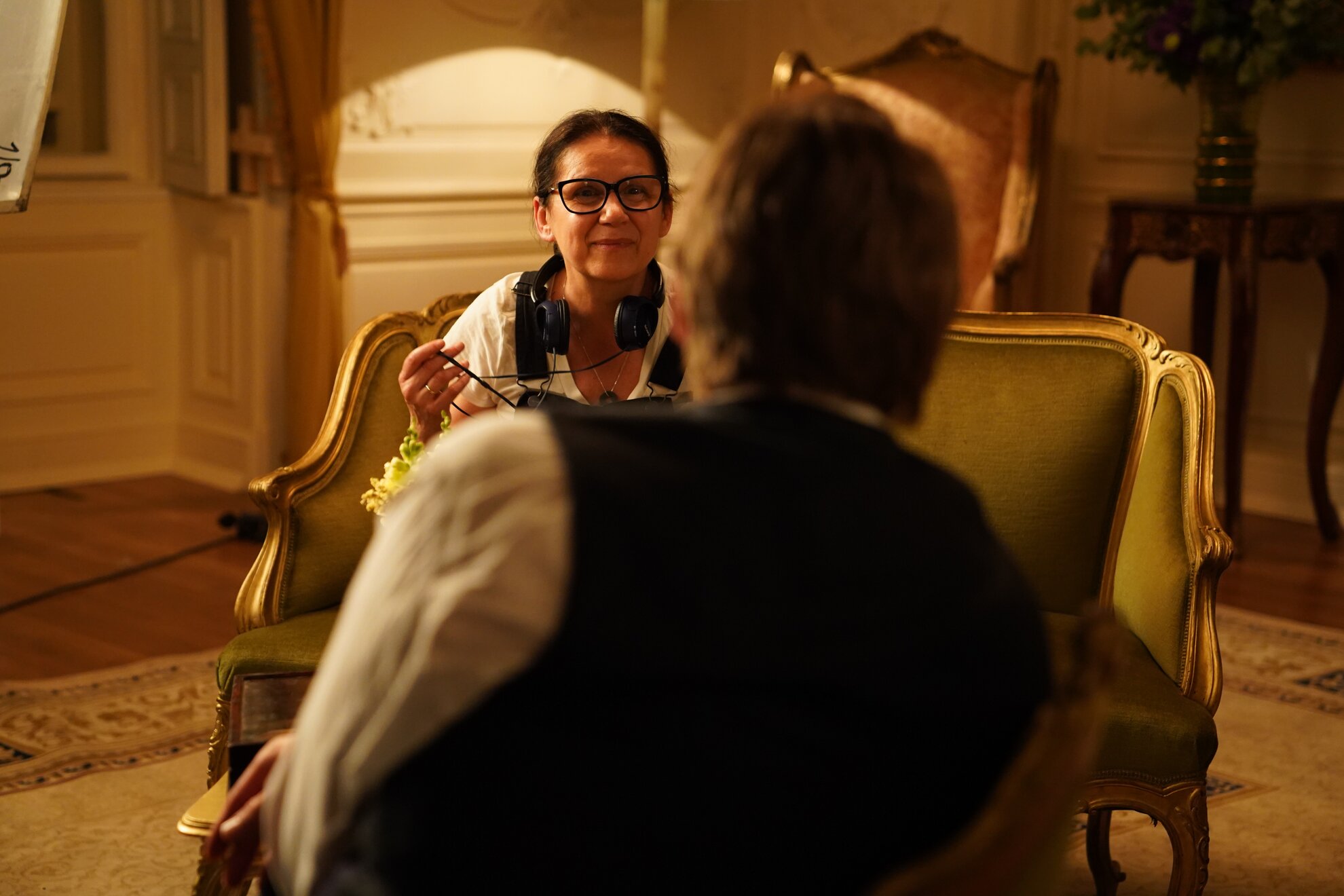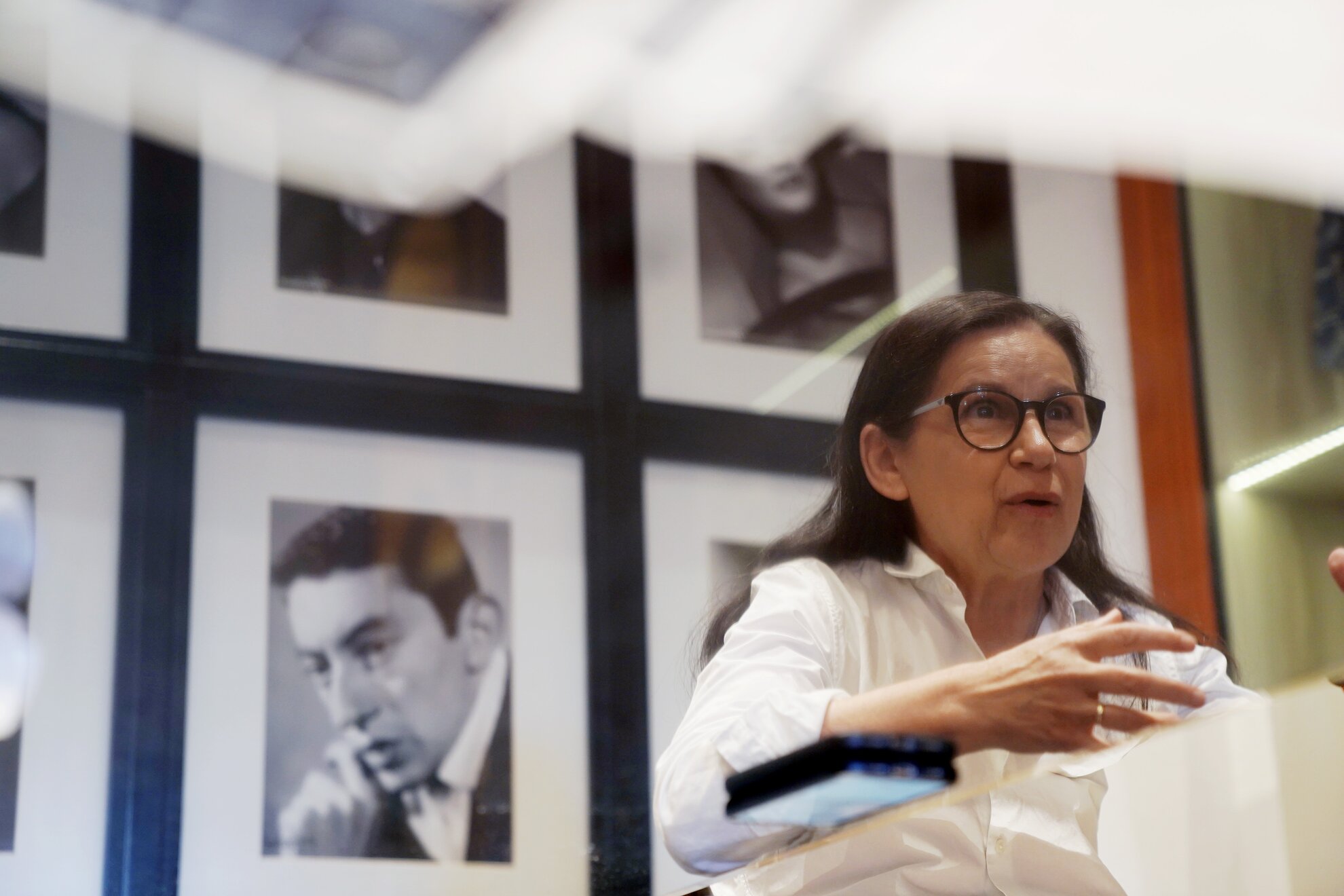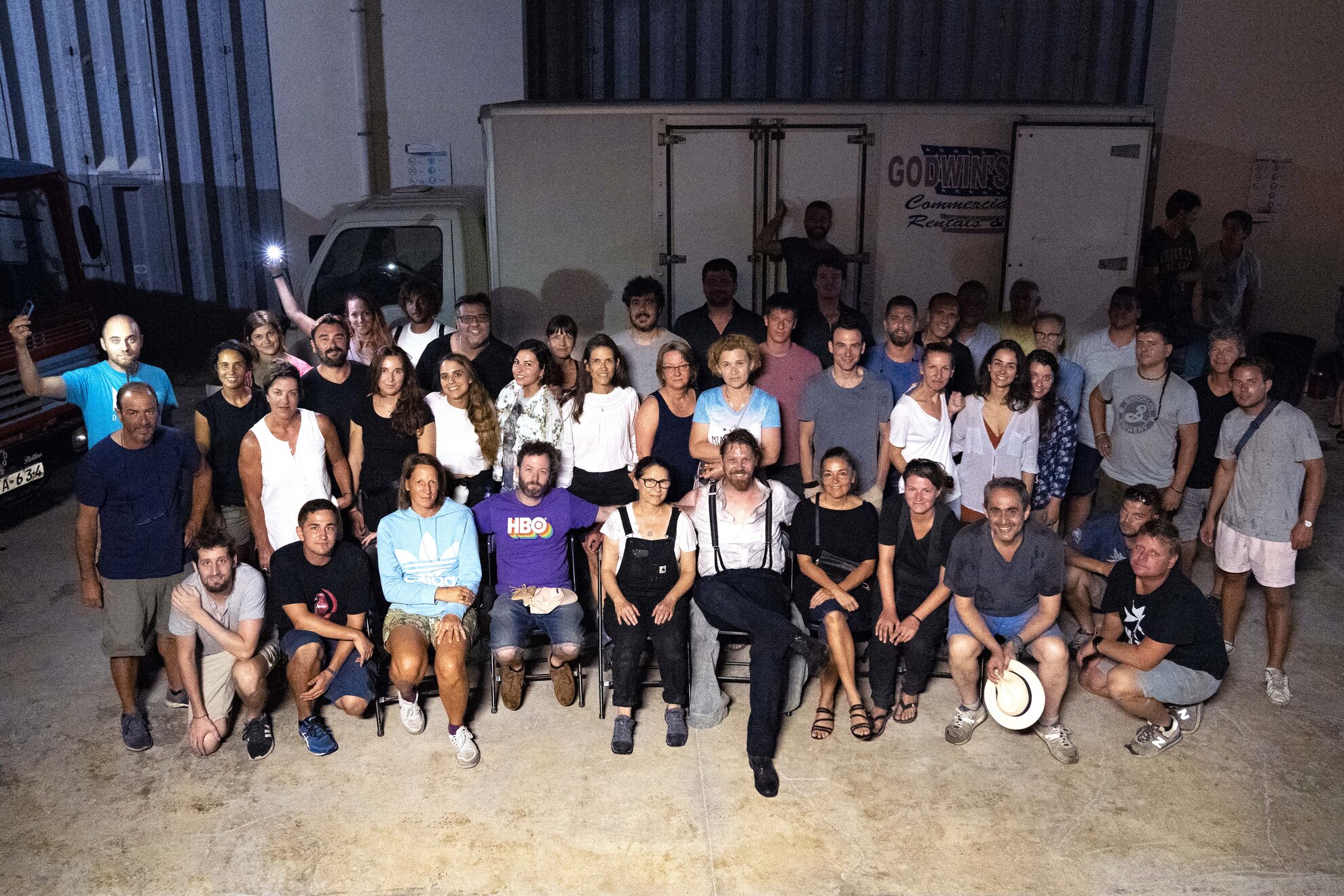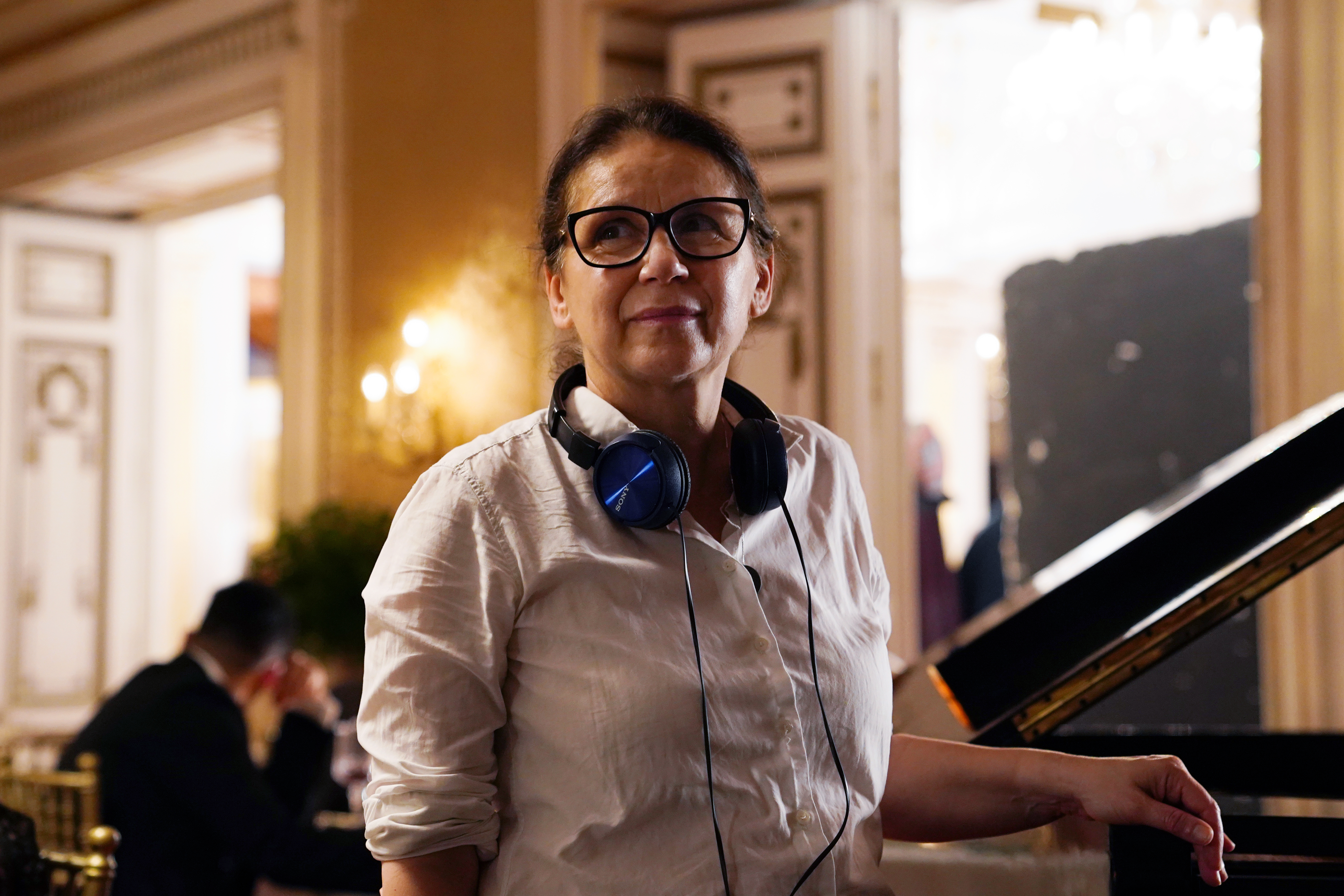We Love Budapest: The Story of My Wife is based on the Milán Füst novel of the same name. In the case of book adaptations, comparisons inevitably arise, what the director has left out, how they imagined the characters differently... How did this work for this film?

Ildikó
Enyedi:
I wouldn’t have wanted to use Milán Füst, but to respect the
essence of his novel, which is how I started to adapt it here and there.
It wasn’t easy to find the storytelling mode on which the film
could be built. The previous version of the screenplay was much more
focused on the inner world of the protagonist, Captain Störr, and
this would have inevitably turned it into a film d’auteur, each
element depicting what I wanted to show and what I considered important.
I felt that that would have given a false picture of what the novel was
really about, which is to say, letting go of control.
Then I wrote
this – very condensed – version. Not only did it have to be
compressed, but it also had to be changed in some places, just to
keep the film true to the essence of the story.
It
was important to me to clarify the internal process that Captain
Störr is going through. Therefore, I divided it into seven chapters
– essentially lessons. The fact that we wrote the chapter titles
briefly pulls the viewer out of the characters’ tumultuous private
lives and draws attention to the underlying content that made Milán
Füst write the novel.
The lighting, the editing, the costumes and
the scenery all help to move the spotlight a little further and look
at things from a different perspective. We worked a lot with the
film’s editor, Károly Szalai, on when and how the chapter titles
would appear, as I wanted this to frame the story.
WLB: You waited 30 years for this film to be made. Why was Milán Füst’s novel so important?

IE:
I wasn’t so bound up with The Story of My Wife itself, but more
Milán Füst’s point of view. He has a similar novel, Ez
mind én voltam egykor – Hábi-Szádi kűzdelmeinek könyve
(‘That Was All I Used To Be – The Book of Hábi-Szádi’s
Struggles’), which he wrote when he believed that his diaries had
been destroyed in the war. Several years ago, I made a
tiny sketch film of it, called Winter Campaign. Compared to that, The
Story of My Wife is much more suitable for a film because it is
possible to show Milán Füst’s way of thinking without damaging it
in another medium.
What is very important is what’s between the
lines: the way we treat each other and our planet. He just wraps all
this very cleverly into a story of private lives. We want to control
everything, and if it doesn’t work, we feel like we’re doing
something wrong. We must try to let go of this compulsion and allow
ourselves to be part of nature. In addition to destroying the planet
with our constant control, we are also falling behind in our own
lives.
WLB: Why are we afraid to lose control?
IE: Because then at the moment, we feel that there is nothing else. We’re forced to experience a loss of control as a free fall into nothingness, and that’s scary. If this control constraint were to change, a symbiotic coexistence could develop where communication could also be richer.
WLB: The novel raises questions about the search for happiness, order and system, and our place in the world. It’s full of theories, many of which have been taken up in the film. How can we interpret these in our present situation?
IE: “This world is not for us” – I have dealt with this or a similar idea before, for example, when I made the film Simon the Magician. In it, gnosis is the essence, which is to believe in an all-bright, positive, strong light. The notion of infinite and eternal life indicates that this light is within us, as well. I think Ágnes Nemes Nagy’s poem Mint aki sums it all up very well: we are born on Earth, and from then on we forget the wider aspect with which we arrived.
WLB: Why did you decide to work with foreign actors in this film?
IE:
I also followed Milán Füst, in that I wanted to keep the cultural
peculiarities on which he builds in the novel, both in the characters
and in the locations. If we were to replace the characters with a
Dutch woman and a French captain, we would get something very
different, the meaning of the story would change completely.
So I was
looking for actors who also carry these cultural characteristics in
their personalities: Gijs Naber is not just simply Dutch, but
embodies that heavy-boned, hard-working, Protestant man. I considered
this important because it’s also built into the the novel. Our
Europe is not a melting pot like America, it is a patchwork
continent, which Milán Füst also emphasises.
WLB: One of the important locations in the novel is London, where the captain essentially loses himself, but much of the film takes place in Hamburg. Why did you change cities?

IE:
Hamburg is a Hanseatic city with the largest surviving old harbour in
the world. I felt that this city accurately depicts the captain. By
comparison, London would have been just another world city, just as
foreign as Paris is.
By the time they get to Hamburg in the story,
Störr is completely tied up into his own maze, and this scenery –
the architecture of the city – expresses this even more painfully.
He’s there in a port city, they’re offered him a boat, he could
finally find himself again, but he still takes on a little clerical
work because he doesn’t dare leave his wife. In fact, you have to
break yourself so that in the end something else can recover.
WLB: Filming The Story of My Wife was a long-awaited project. What are you working on now?
IE: I am currently writing a Science Fiction film in Budapest and the Danube Bend for Itala Békés, a fantastic actress. According to the story, she would look back on our present and her own childhood from the future.




